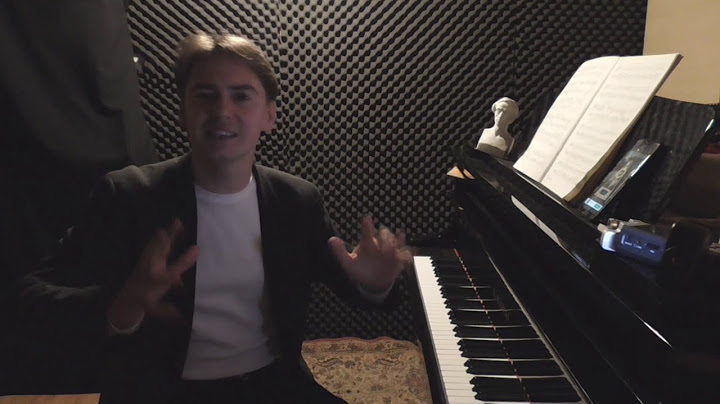| Although Chopin is known to have written a total of about 20 waltzes, most of them require a pre-advanced to advanced mastery of the piano to be able to perform comfortably. Luckily, there are 3 that are easier than the others in difficulty level, and should be very manageable for intermediate and high-intermediate level students (think at least 3 years of consistent piano playing). They are: “Waltz in A Minor, op. posth., B 150”, “Waltz in B minor, op. 69, no. 2”, and “Waltz in A flat Major, op. 69, no. 1 (‘L’adieu’)”. Although less technically-demanding than his other waltzes, they are just as beautiful! Show Let’s look at each of these pieces in turn and get inspired to learn them! #1. Waltz in A Minor, op. posth., B 150QUICK FACTS
GET SHEET MUSIC FOR “WALTZ IN A MINOR” HERE. WHAT’S EASY ABOUT IT:
WHAT YOU MIGHT FIND DIFFICULT ABOUT IT: 
#2. Waltz in B Minor, op. 69, no. 2 ("Deux Valses")QUICK FACTS
GET SHEET MUSIC FOR “WALTZ IN B MINOR” HERE. WHAT’S EASY ABOUT IT:
WHAT YOU MIGHT FIND DIFFICULT ABOUT IT:
#3. Waltz in A flat Major, op. 69, no. 1 (“L’adieu”)QUICK FACTS
GET SHEET MUSIC FOR “WALTZ IN A FLAT MAJOR” HERE. WHAT’S EASY ABOUT IT:
WHAT YOU MIGHT FIND DIFFICULT ABOUT IT:
* Want to get the most out of your practicing? Take a look at our “5 Best Practice Tips for Music Students” Get My Free Trial Lesson! Just fill out our quick trial lesson form and wait to hear from us within 1-2 business days. If you like your trial lesson, you can sign up for regular lessons with us! Our lessons are available online (Zoom or Skype) as well as in-person if you live close to our location. Start learning your favorite instrument with one of our amazing teachers today! What grade is waltz Op 69 No 1?
What grade is Waltz in A flat major?Background. The Brahms Waltz in A flat, no 15 from Opus 39 is set for the Grade 6 ABRSM piano exam 2013 - 2014.
What grade is Chopin Waltz Op 69 No 2?Chopin Waltz in B minor op 69 no. 2 ABRSM Grade 8 - YouTube.
What's the easiest Chopin waltz?They are: “Waltz in A Minor, op. posth., B 150”, “Waltz in B minor, op. 69, no. 2”, and “Waltz in A flat Major, op.
|

Advertising
LATEST NEWS
Advertising
Populer
Advertising
About

Copyright © 2024 SignalDuo Inc.





















